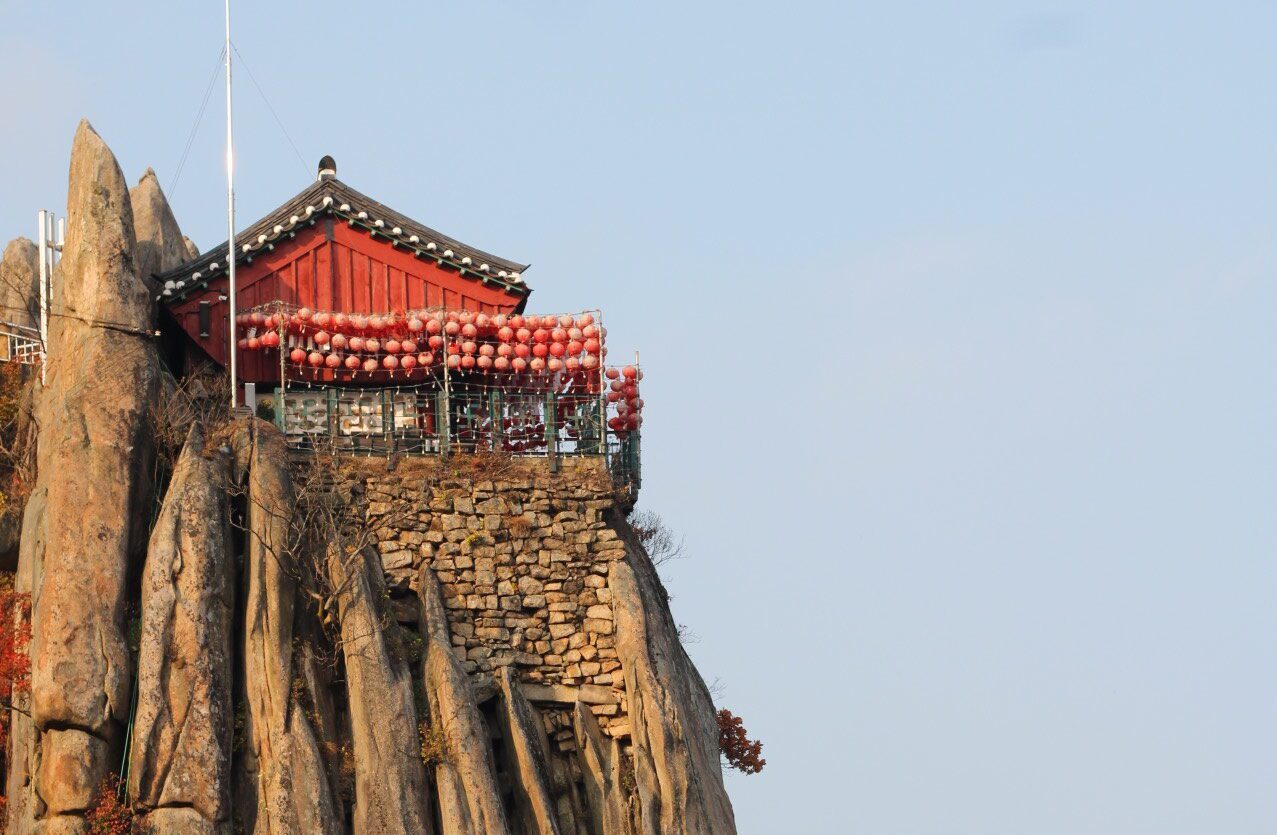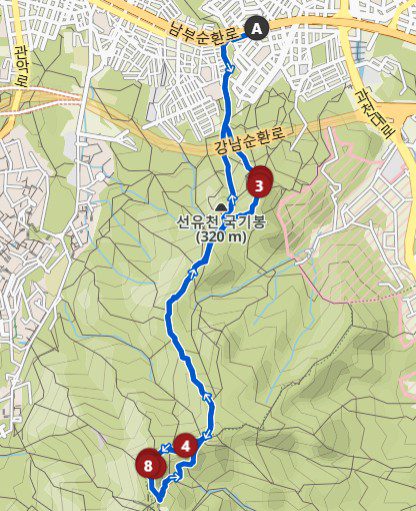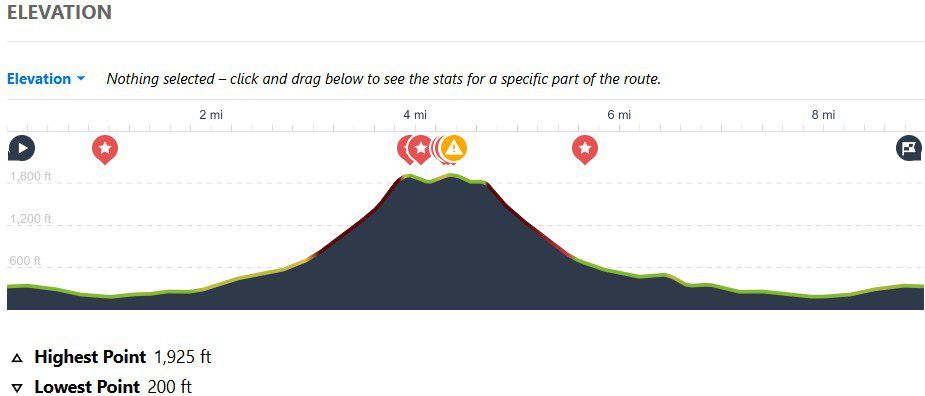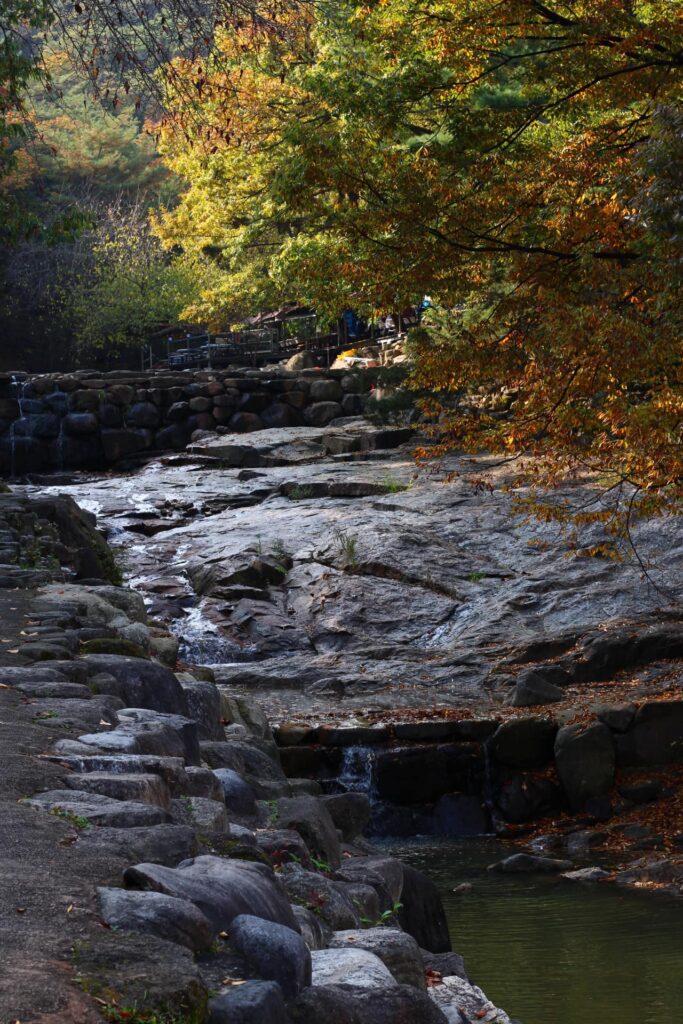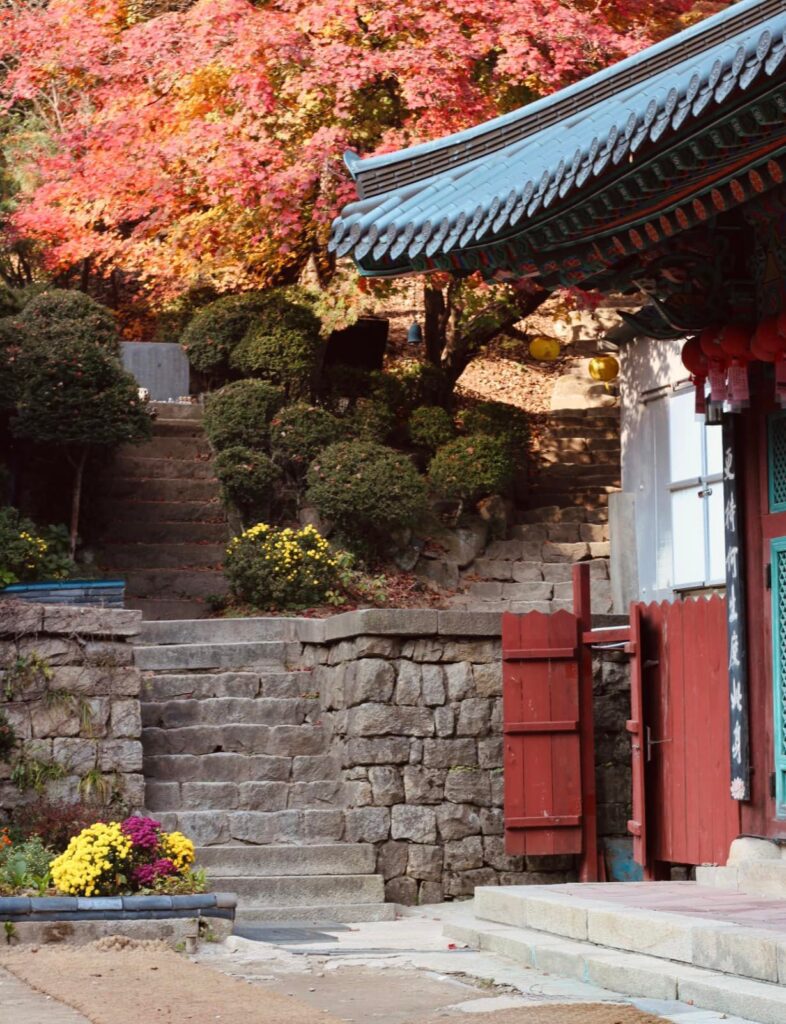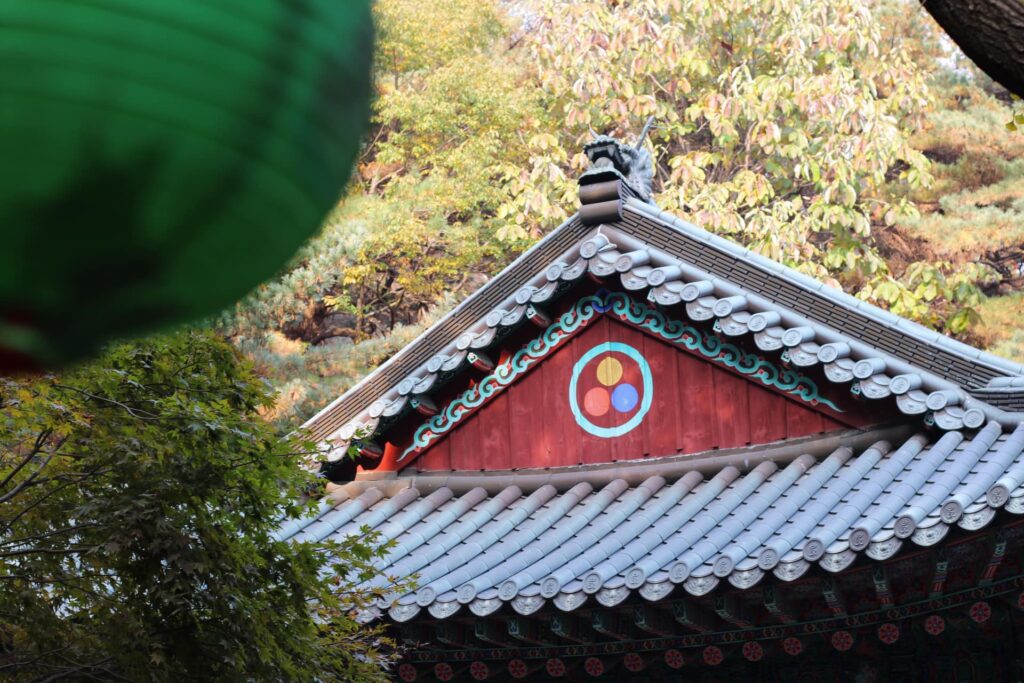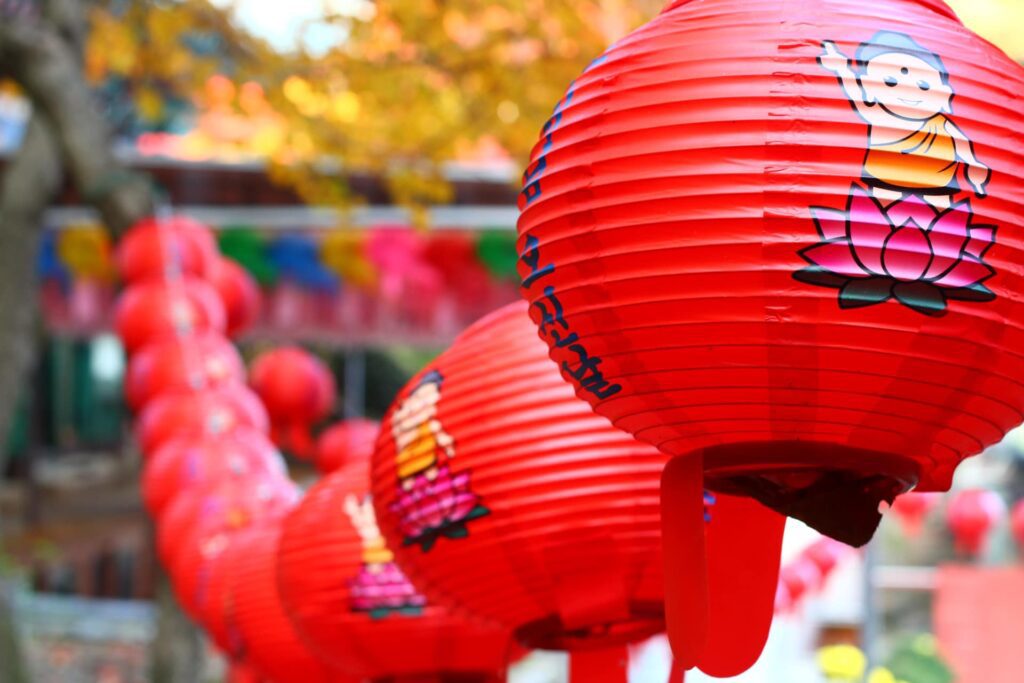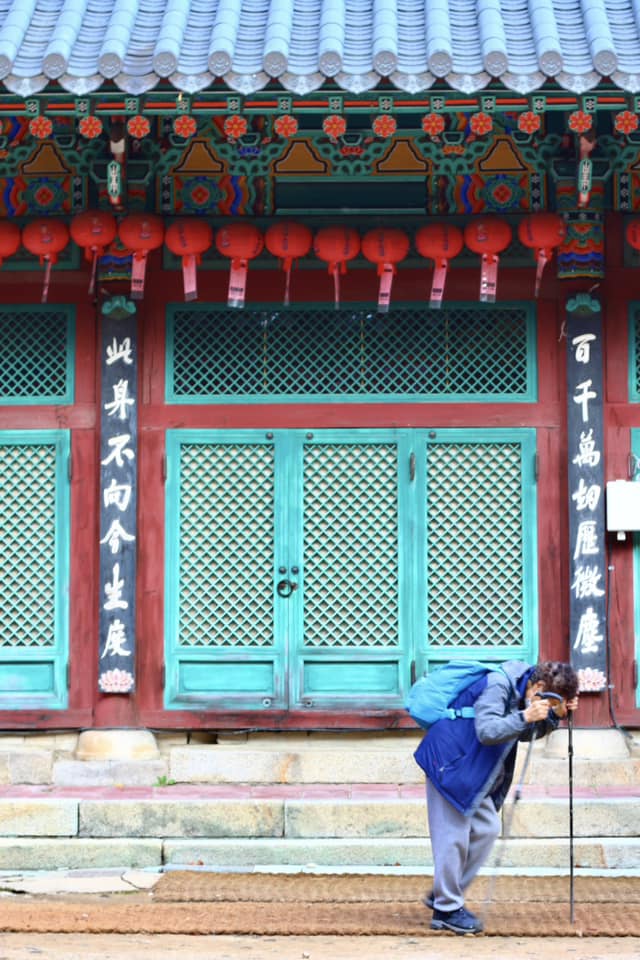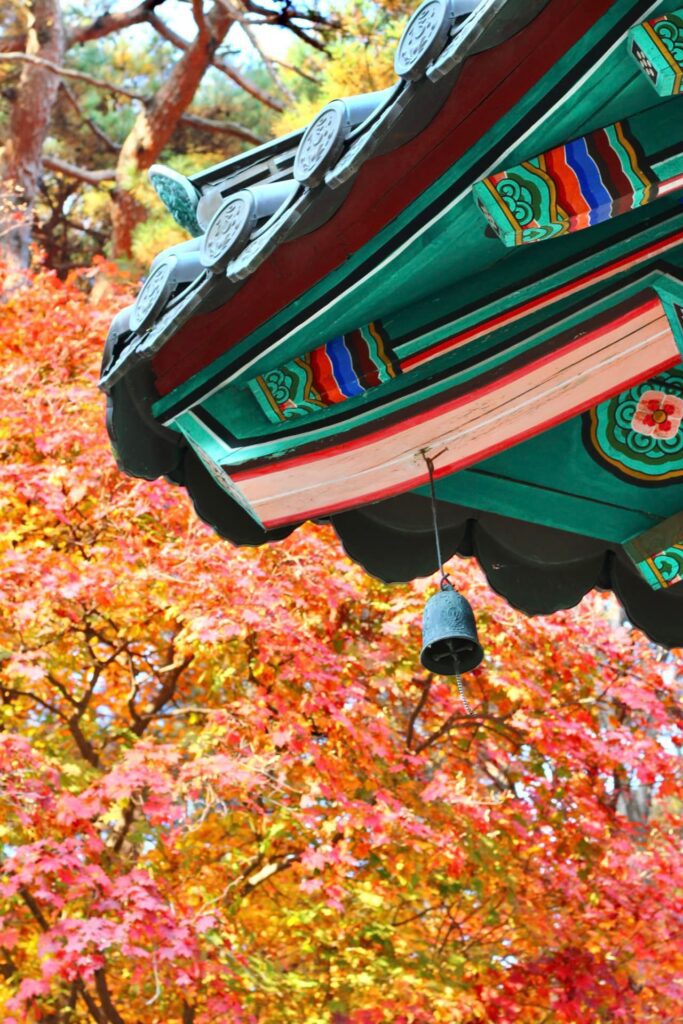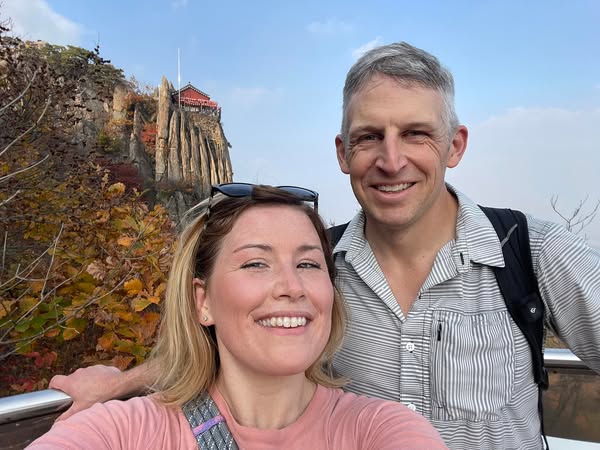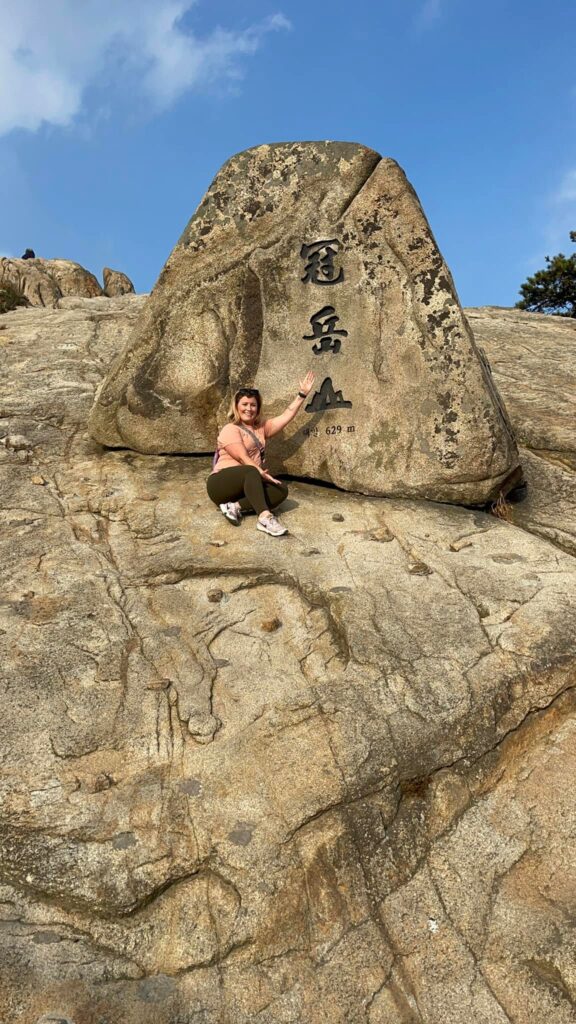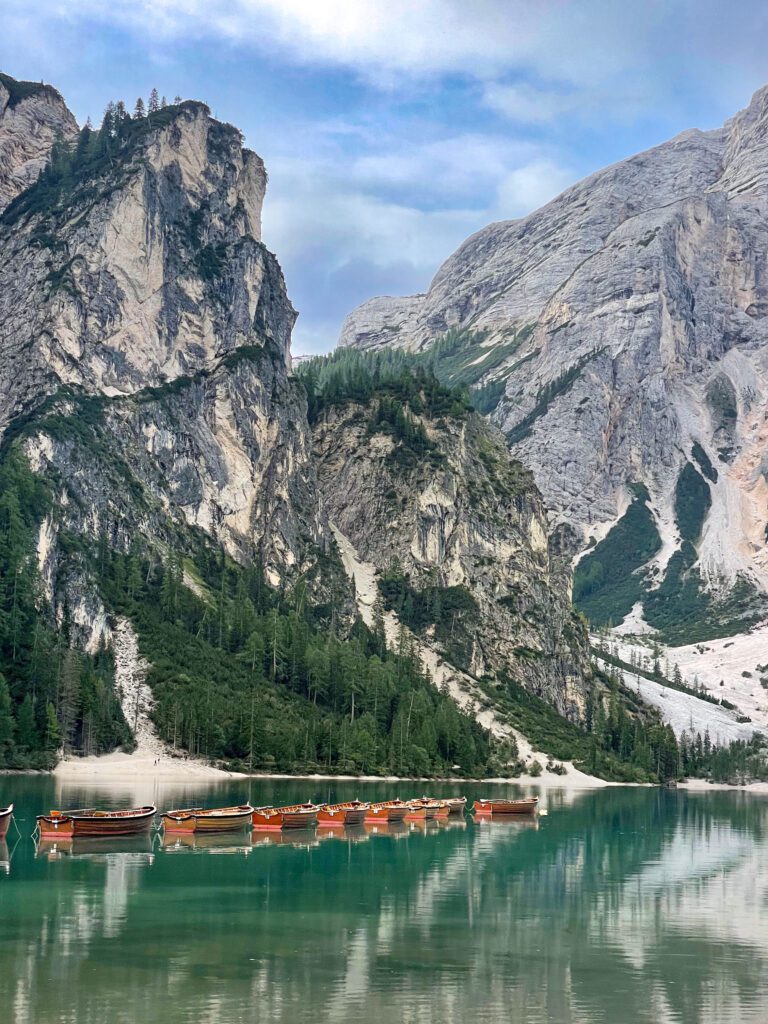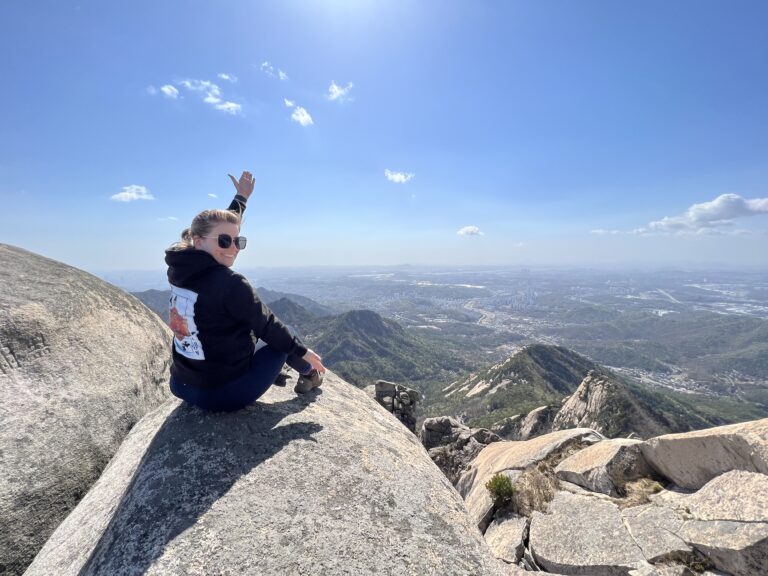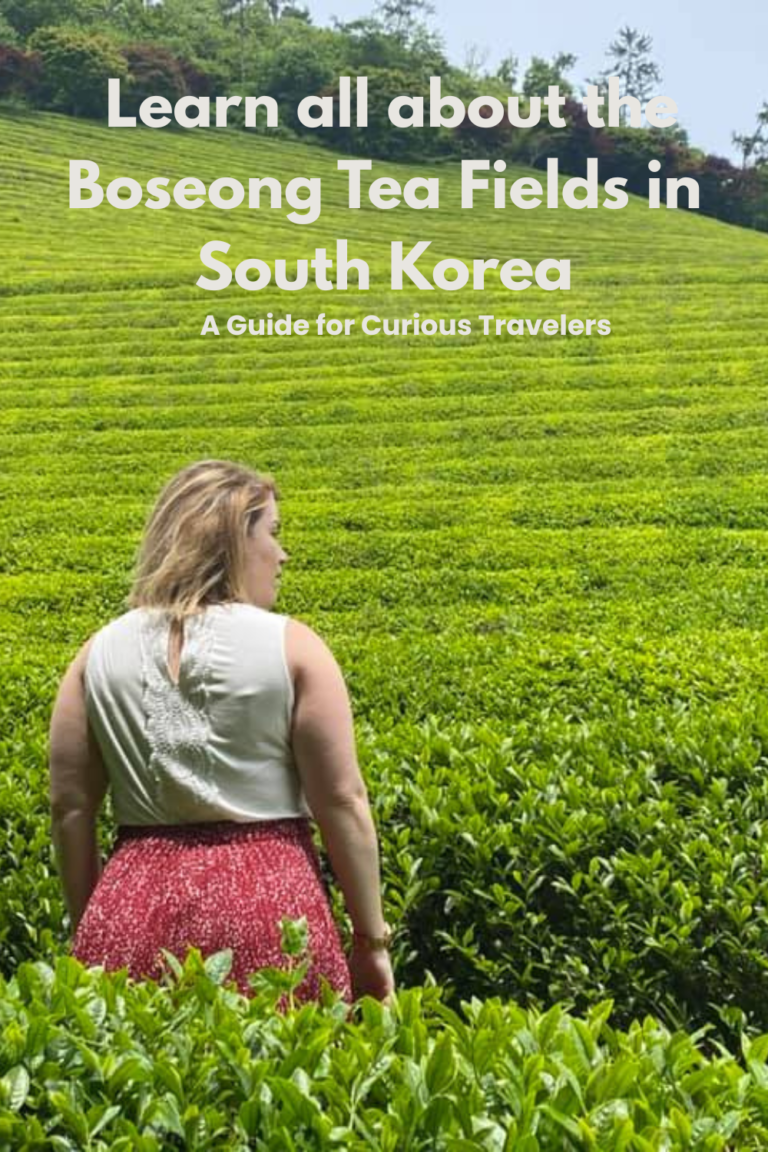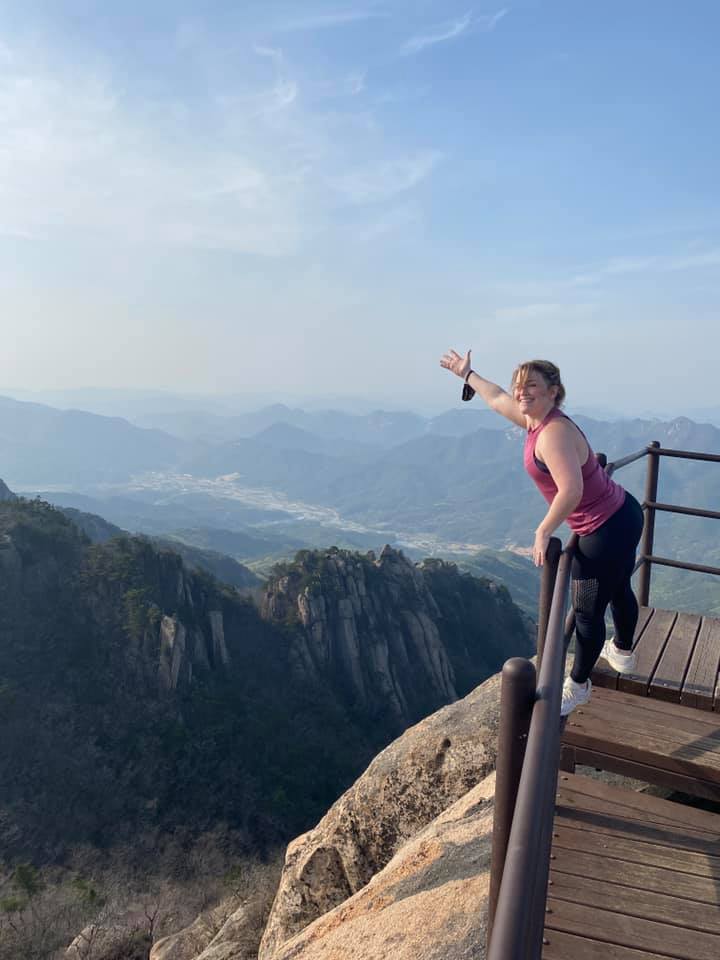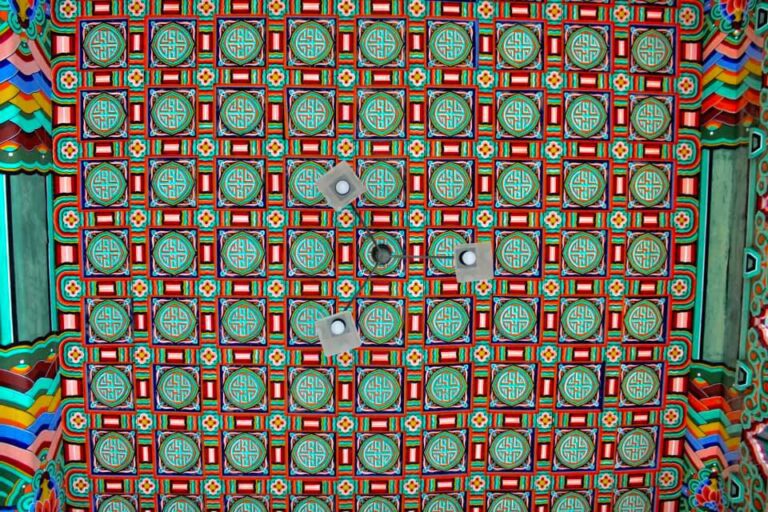Hiking Gwanaksan: A Complete Guide to One of Seoul’s Best Mountain Trails
My last and final hike in Korea, and I wanted to make sure it was as special as possible, and I had wanted to climb Mt. Gwanaksan for as long as I could remember but I could never make the time for it.
I knew with our move to Italy, I had very little time to plan and see the autumn colors. I had an even shorter period because of movers coming, selling our Korean car, and shipping off our US Spec vehicle. However, I wasn’t going to let the moving madness stop me.
Among these, Mt. Gwanaksan stands as a testament to nature’s touch during this season. For centuries, Gwanaksan Mountain has been considered one of the five representative mountains in Gyeonggi-do.
We were so lucky to embark on a journey to explore the splendors of fall on Mt. Gwanaksan and uncover the rich history of Yeonjudae, a not-so-hidden gem on the mountain.
This Post Pairs Well With:
- Songnisan National Park (속리산): Hiking to Munjangdae Peak
- Hiking Mt. Inwangsan with Honeytrail Korea
- Your Guide to Exploring Bukhansan National Park in Seoul
- The Magic of Seoul’s Lotus Lantern Festival: A Travel Guide to Light & Culture
Gwanaksan — At a Glance
What to Bring: Water, proper hiking shoes, snacks, light layers
Location: Southern Seoul (Gwanak-gu, Seocho-gu, and Gwacheon)
Summit Elevation: 629 m (Yeonjudae / Yeonju Peak)
Hike Duration: 1.5–2.5 hours to the summit
Difficulty: Moderate to challenging (route-dependent)
Best Trailheads:
Sadang Station (Exit 4) – hardest, steepest
Seoul National University – moderate, best for beginners
Gwacheon Station (Exit 7) – scenic, quieter
Highlights: Yeonjudae Hermitage, granite ridges, summit viewpoints, Beacon Mound
Best Seasons: Spring and autumn
Good for Solo Hikers: Yes — well-marked and popular routes
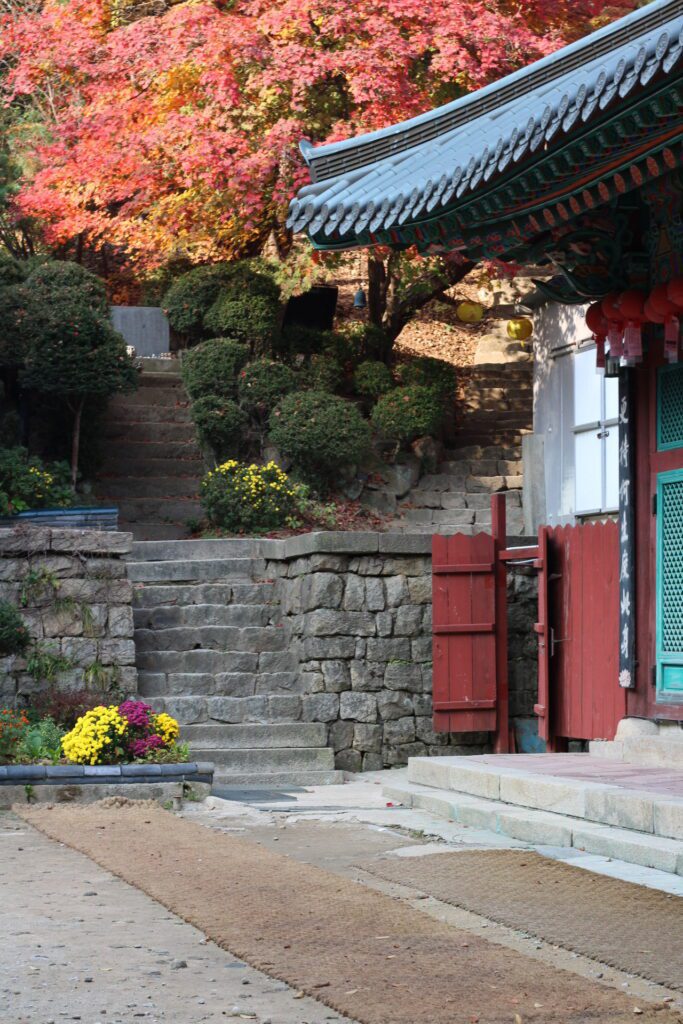
Why Hike Gwanaksan?
Gwanaksan is a favorite hike among both locals and visitors thanks to its mix of natural beauty, historical landmarks, and rewarding summit views. Located on the southern edge of Seoul, the mountain is home to dense forests, dramatic rock formations, and Buddhist temples. The trails are well-maintained, and despite its popularity, you can still find peaceful spots along the way.
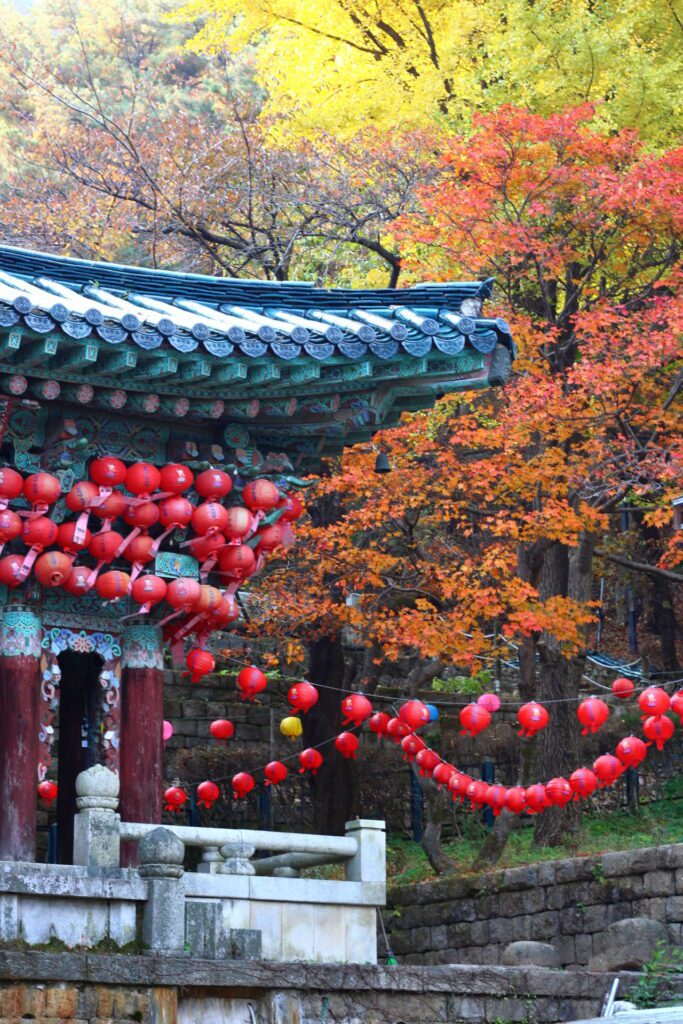
How to Get to Gwanaksan
Gwanaksan has several trailheads, with the most popular starting points being:
- Sadang Station (Line 2, Line 4, Exit 4) – Best for experienced hikers looking for a more challenging ascent.
- Seoul National University (SNU) Entrance (Bus 5511 or 5513 from Nakseongdae Station, Line 2) – A moderate trail suitable for beginners and intermediate hikers.
- Gwacheon Station (Line 4, Exit 7) – A scenic and less crowded trail with moderate difficulty.
Each of these routes offers unique scenery, so choose one based on your experience level and preferred difficulty.
Best Hiking Trails on Gwanaksan
1. Sadang Trail (Challenging)
- Starting Point: Sadang Station, Exit 4
- Duration: 2 to 2.5 hours to the summit
- Difficulty: Hard
- Highlights: Rocky paths, rope-assisted climbs, stunning panoramic views
This is the steepest and most technical trail leading to the top of Gwanaksan. If you’re up for a challenge, this route rewards hikers with some of the best cityscape views. However, be prepared for some scrambling and steep inclines.
Check out the route on Komoot: Yeonjudae (Yeonju Peak) – 頂部席 loop from Namhyeon-dong
2. Seoul National University (SNU) Trail (Moderate)
- Starting Point: Seoul National University Bathrooms entrance
- Duration: 1.5 to 2 hours to the summit
- Difficulty: Moderate
- Highlights: Dense forests, scenic viewpoints, well-marked paths
This is a great trail for those who want a balance of challenge and ease. The route gradually ascends through beautiful woodlands before reaching the summit, offering plenty of places to rest along the way.
Check out the route on Komoot: 頂部席 – Yeonjudae (Yeonju Peak) loop from Gwanmun-dong
3. Gwacheon Trail (Scenic and Moderate)
- Starting Point: Gwacheon Station, Exit 7
- Duration: 1.5 to 2 hours
- Difficulty: Moderate
- Highlights: Autumn foliage, cultural sites, a quieter hiking experience
Starting from Gwacheon, this trail offers a picturesque hike with opportunities to explore local temples and Confucian sites. It’s a fantastic option for those who want a peaceful climb without the crowds.
Key Attractions on Gwanaksan
1. Yeonjudae Hermitage
One of the most iconic spots on Gwanaksan, this Buddhist hermitage is built into the cliffside near the summit. It provides a spiritual and historical touch to your hike, along with an unforgettable view of Seoul.
2. The Summit Viewpoint
Reaching the peak of Gwanaksan is rewarding, with 360-degree views of Seoul and beyond. On clear days, you can see all the way to Namsan Tower and the Han River.
3. Beacon Mound
A remnant of Korea’s ancient communication system, the beacon mound at the summit was historically used to send fire signals between fortresses. It’s a fascinating glimpse into Korea’s past.
Hiking Tips for Gwanaksan
- Wear Proper Footwear: The trails, especially from Sadang, have rocky and steep sections. Good hiking shoes are essential.
- Bring Water and Snacks: There are limited facilities along the way, so come prepared.
- Check the Weather: Trails can be slippery after rain, making some sections more dangerous.
- Start Early: Gwanaksan is popular, so for a quieter hike, begin early in the morning.
- Be Mindful of Wildlife: The mountain is home to various animals, including birds and squirrels.
When is the Best Time to Hike Gwanaksan?
- Spring (March-May): Cherry blossoms and mild weather make this an ideal season.
- Summer (June-August): Green landscapes but higher temperatures. Start early to avoid the heat.
- Autumn (September-November): The most beautiful season, with colorful fall foliage covering the trails.
- Winter (December-February): Clear skies and snowy trails create a stunning atmosphere, but icy paths can be slippery.
History of the Temple
The temple is steeped in culture, boasting an array of historic artifacts, including wooden Buddhist paintings and ancient relics that offer a glimpse into Korea’s past.
Yeonjudae’s significance in preserving the nation’s heritage is matched only by the beauty of its natural surroundings.
Of the facts that I found most interesting was that this temple was originally called “Uisangdae” and was built by the Buddhist Monk Uisang. The history also dates as far back as 677 during Kin Munmu’s reign.
For me, this was interesting to think that so much history was beneath my feet. Interestingly enough it then changed names to “Yeonjudae” roughly translating to “a place where one longs for one’s king“
As you continue your journey towards the summit of Mt. Gwanaksan, the true essence of the season unfolds. At the peak, Seoul’s sprawling urban landscape is laid out before you with a maze of city blocks, framed by the fiery leaves of the mountain.
The view from the summit, especially during autumn, is a breathtaking sight that serves as a reminder of the harmonious coexistence of nature and city life in Seoul.
FAQ For First Time Hikers at Gwanaksan
Lingering questions? Hopefully this FAQ area will help you out!
Final Thoughts on Hiking Gwanaksan
Gwanaksan is one of Seoul’s best hikes, offering a mix of adventure, history, and natural beauty. Whether you take the steep Sadang route, the scenic SNU path, or the peaceful Gwacheon trail, you’re in for an unforgettable experience.
So lace up your hiking boots, pack your essentials, and head out to explore one of Seoul’s most beloved mountains!
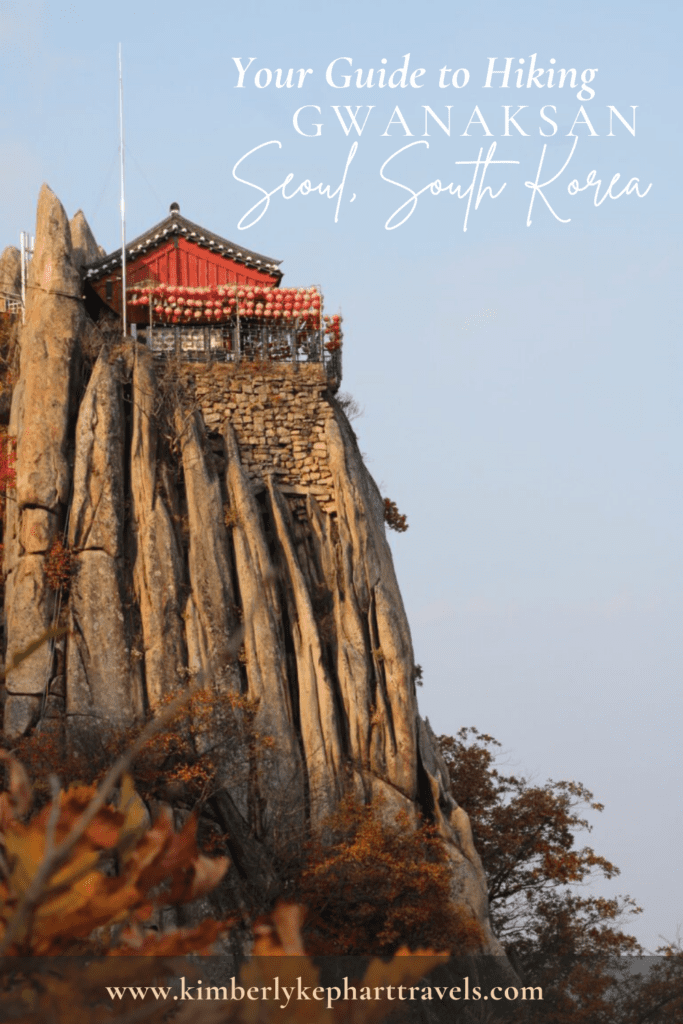
Disclaimer
The information contained on this website is not to be considered a guide, instead, it is available so that you may have a general idea of what to expect on the hikes listed on this site. I, KimberlyKephartTravels.com, take no responsibility nor assume liability for any information’s inaccuracies, errors, omission, or incompleteness. Please note that the included GPS tracks are also provided only as general guides, and you should not rely on their accuracy, as GPS readings are subject to error and may provide inaccurate directions.
KimberlyKepharttravels.com, its sponsors, its advertisers, and/or anyone contributing information to this site shall not be held liable for any inconvenience, accidents, rescues, injuries or loss of life should you undertake any of the hikes listed on this website.

